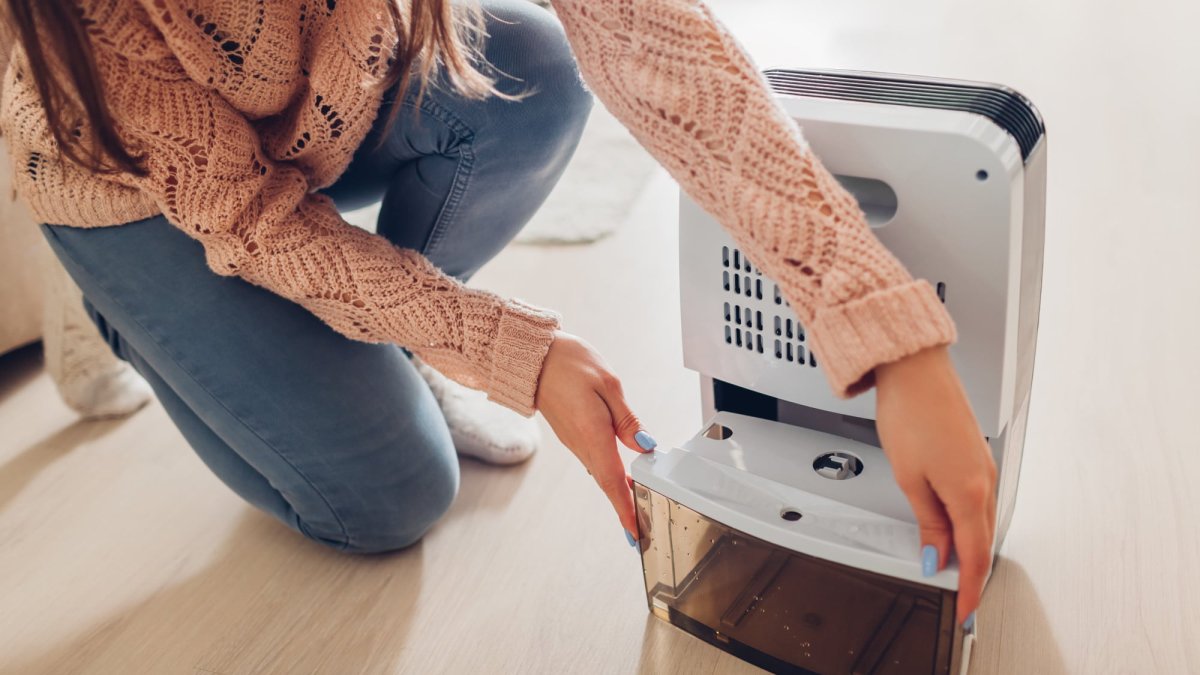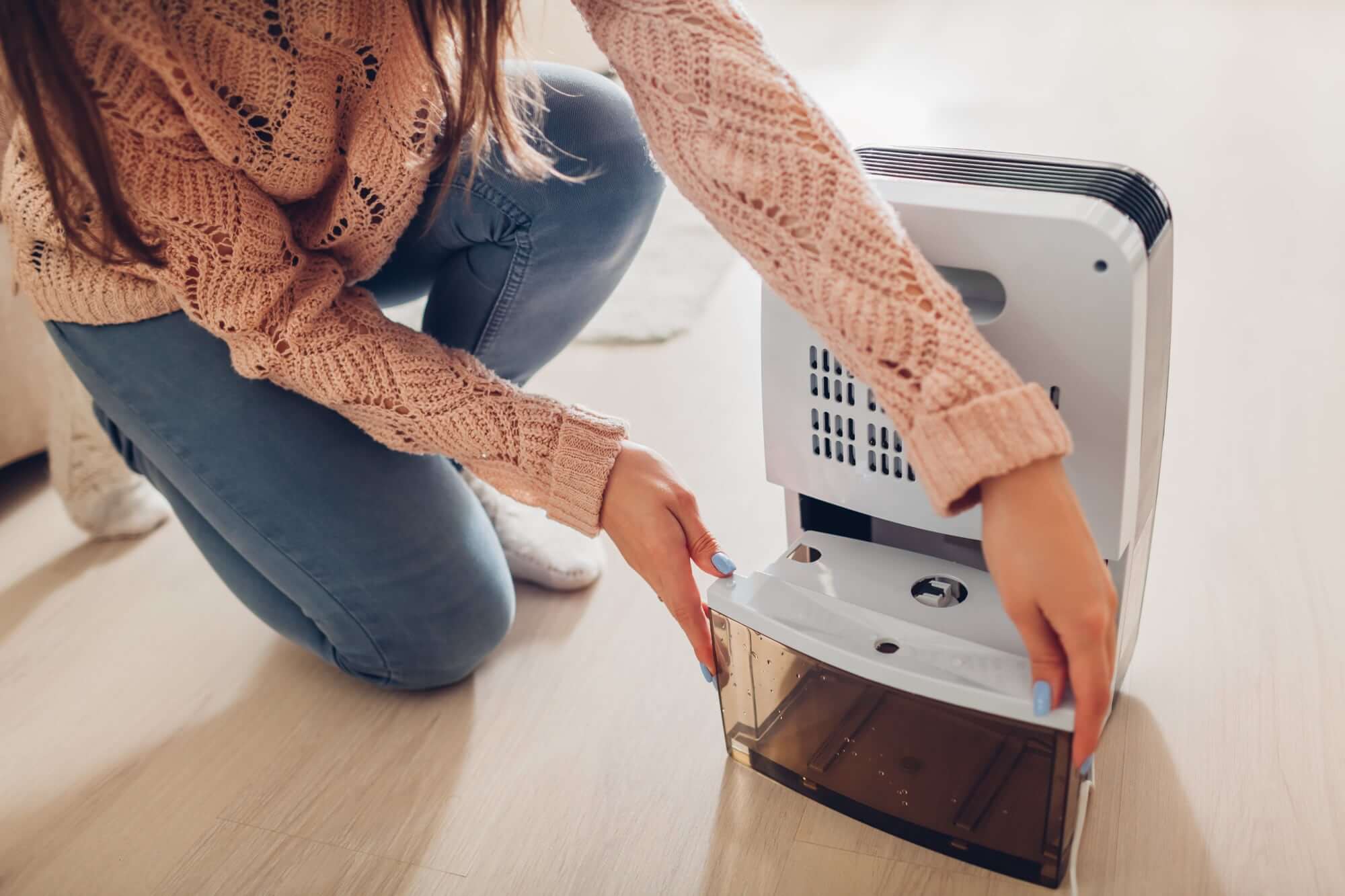The Hidden Menace Lurking in Your Home
Have you ever walked into a room and noticed that musty, earthy odor? Or perhaps you’ve noticed unsightly black spots on your walls, ceilings, or even your clothes? If you have, you’re not alone. These are telltale signs of mold infestation, a common problem that plagues many homes. Mold isn’t just a cosmetic nuisance; it can lead to serious health issues and significant damage to your property. Fortunately, one of the most effective strategies to prevent mold growth lies in managing the indoor humidity levels of your living spaces.
The Mold-Humidity Connection: Unveiling the Culprit
Mold is a tenacious organism that thrives in damp and humid environments. Understanding the correlation between mold growth and humidity is crucial to curbing its menace. So, how does humidity come into play? Well, think of humidity as the moisture content present in the air. When indoor air becomes excessively humid, it provides an ideal breeding ground for mold spores to settle and proliferate.
Ideal Indoor Humidity: The Goldilocks Zone
You might be wondering, what exactly constitutes the “ideal” indoor humidity level? It’s a vital question; the answer isn’t a one-size-fits-all solution. Generally, maintaining indoor humidity between 30% to 50% is considered optimal for averting mold growth. This range balances preserving your comfort and thwarting mold’s advances.
Consequences of High Humidity: More Than Meets the Eye
Allowing humidity levels to soar beyond the recommended range can lead to a cascade of problems that require mold removal. Not only does it promote mold growth, but it can also wreak havoc on your health and property. Let’s delve into some of the major repercussions of high indoor humidity:
- Mold Infestation: High humidity levels create an environment where mold spores flourish, leading to unsightly and potentially harmful mold growth on various surfaces.
- Health Risks: Mold spores and the mycotoxins they produce can trigger allergies, respiratory issues, and other health problems in sensitive individuals.
- Structural Damage: Excessive moisture can compromise your home’s structural integrity, causing wood to warp, paint to peel, and walls to crack.
- Dust Mites and Pests: Dust mites and insects thrive in humid conditions, exacerbating allergies and potentially causing damage to fabrics and furniture.
- Energy Inefficiency: Humid air retains heat more effectively than dry air, making your cooling systems work harder and consuming more energy.
- Low Humidity, Big Problems: The Other Side of the Coin
Interestingly, excessively low humidity levels can also spell trouble. While it might seem counterintuitive, dry air can also pave the way for mold problems. When the air is too dry, moisture from various surfaces evaporates quickly, only to condense in cooler areas of your home. This condensed moisture can create a favorable environment for mold growth.
Your Ally in Prevention: Air Conditioning
Now that we’ve established the critical role of maintaining optimal indoor humidity let’s explore how air conditioning systems can become your stalwart ally in this battle against mold.
1. Dehumidification Functionality
Modern air conditioning systems have advanced dehumidification features that help regulate indoor humidity. These systems extract excess moisture from the air, ensuring that your living spaces remain comfortably dry and inhospitable to mold growth.
2. Consistent Air Circulation
Proper air circulation is essential in preventing moisture buildup. Air conditioning systems facilitate this by consistently circulating air throughout your home, minimizing stagnant and humid pockets mold loves to inhabit.
3. Temperature Control
Air conditioners cool the air and play a pivotal role in temperature regulation. By maintaining consistent indoor temperatures, AC units help prevent surface condensation, a potential breeding ground for mold.
Top Tips for Effective Humidity Management
- Regular Maintenance: Schedule routine air conditioning service to ensure your cooling system functions optimally. A well-maintained system operates efficiently in dehumidification mode, curbing excessive moisture effectively.
- Ventilation Matters: Proper ventilation is vital to maintaining healthy indoor air quality. Use exhaust fans in kitchens and bathrooms to expel humid air and prevent it from accumulating.
- Seal Cracks and Leaks: Inspect your home for cracks, gaps, and leaks that could allow moisture to seep in. Seal these openings to prevent unwanted water infiltration.
- Invest in a Hygrometer: A hygrometer is a handy tool that measures indoor humidity levels. You can take timely action by monitoring humidity if levels deviate from the recommended range.
Conclusion: Your Home’s Armor Against Mold
Maintaining the ideal indoor humidity level isn’t just about comfort; it’s a formidable defense against mold growth and its associated troubles. With air conditioning systems at your disposal, you can create an inhospitable environment for mold spores, ensuring the well-being of your loved ones and the longevity of your home. So, take charge, embrace these strategies, and savor a mold-free and comfortable living space.
Dr. Laura Thompson
Related posts
Stay connected
Today's pick
- Safety Essentials Every CNC Operator Should Follow DailyCNC machining demands precision, consistency, and discipline—but above all, it requires strict attention to safety. Whether you’re working with mills, lathes, routers, or grinders, every machine has the potential to cause serious injury if mishandled. That’s why CNC operators must follow safety protocols daily, no... The post Safety Essentials Every CNC Operator Should Follow Daily […]


